Where do you even find someone to build you a crazy custom house like this?
Does the phone book have a section for “fantasy architects”?
Haha just kidding as if anyone uses a phone book anymore.
Seriously why do they even make phone books still? I wonder if you could grind up unused phone books and mix them with water and a bit of glue to make a type of sculpting clay, then use that clay to build a house like this.
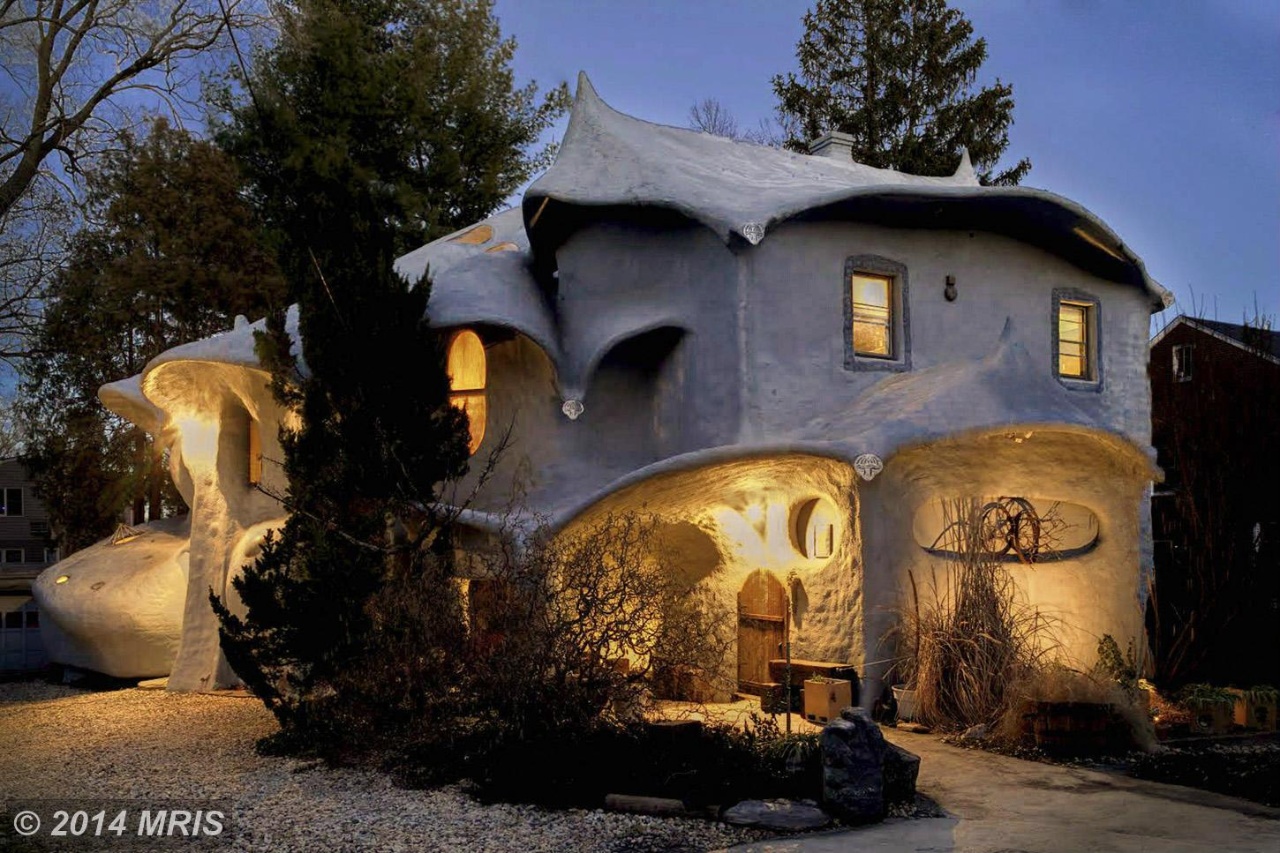
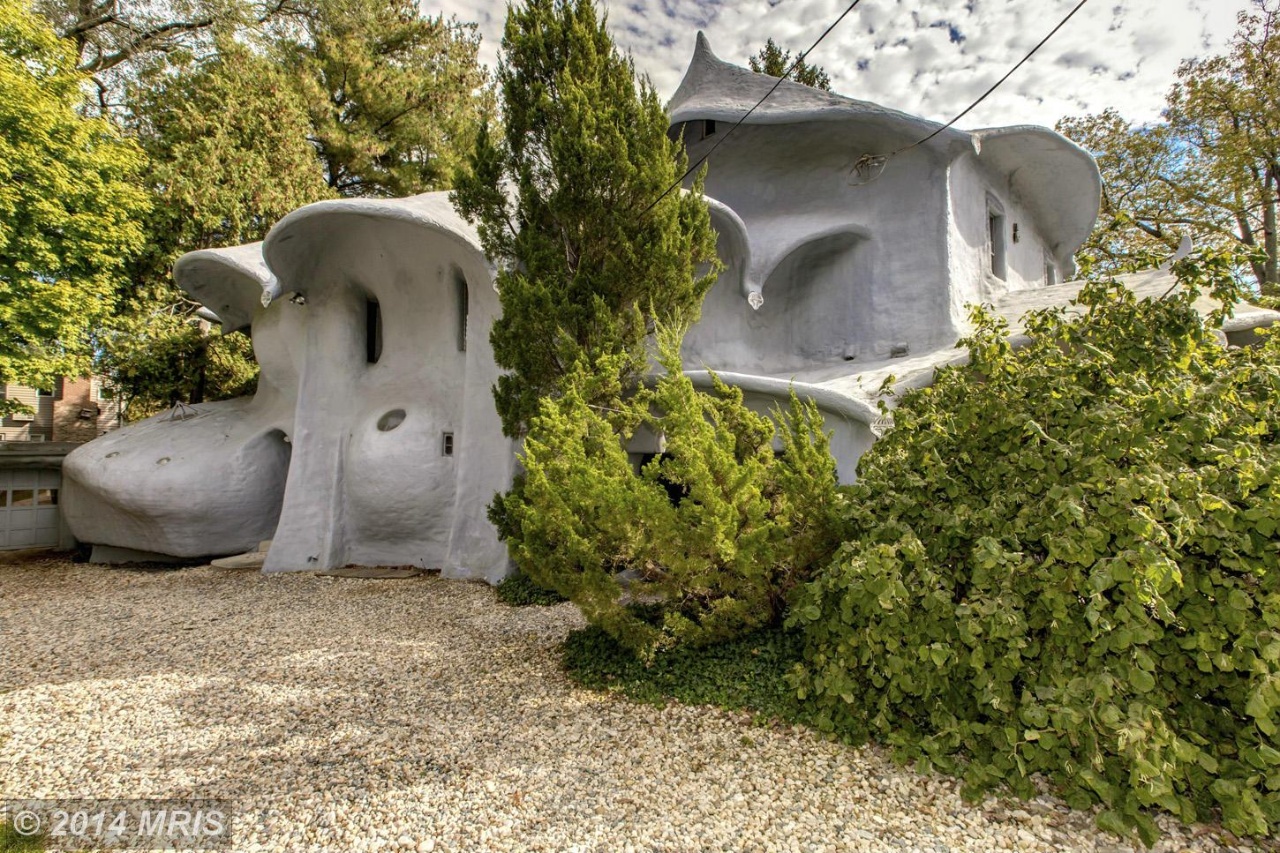
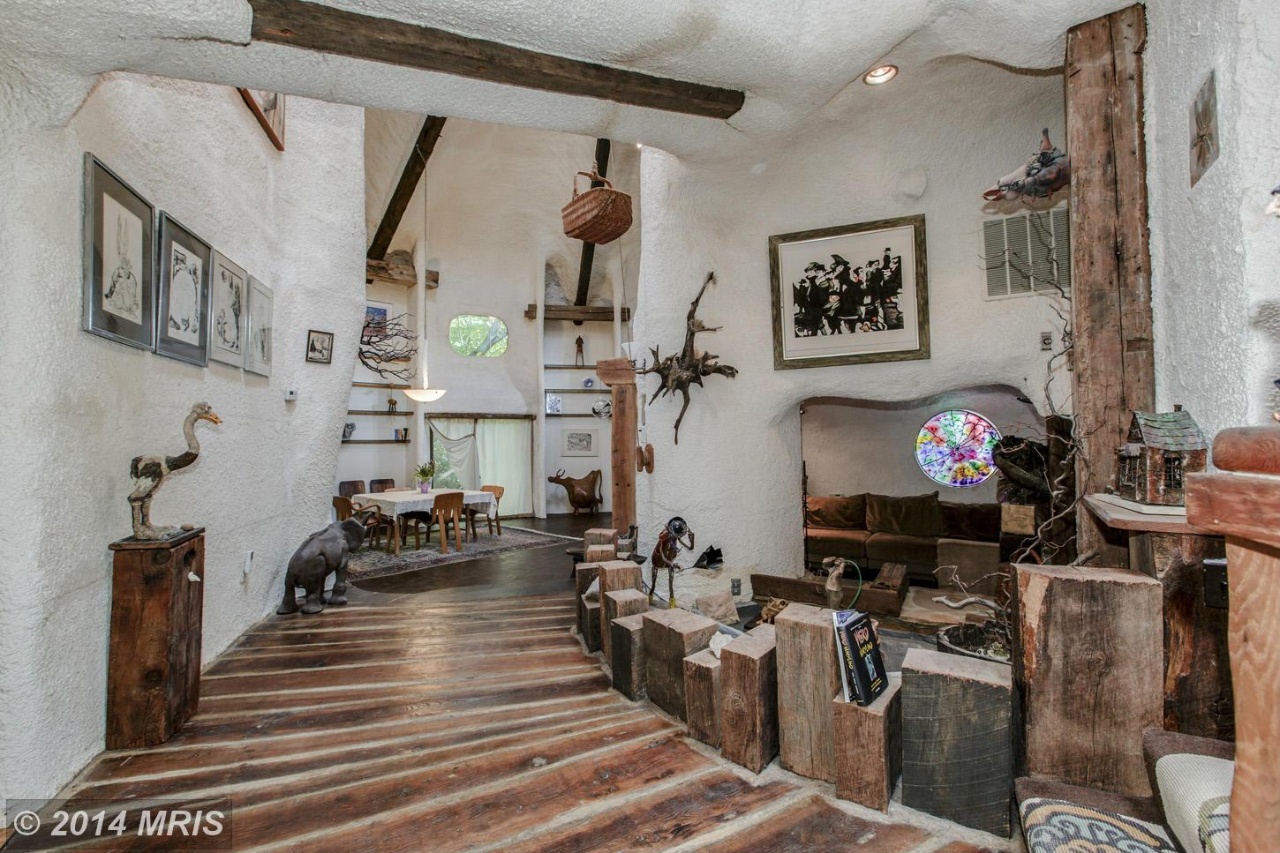
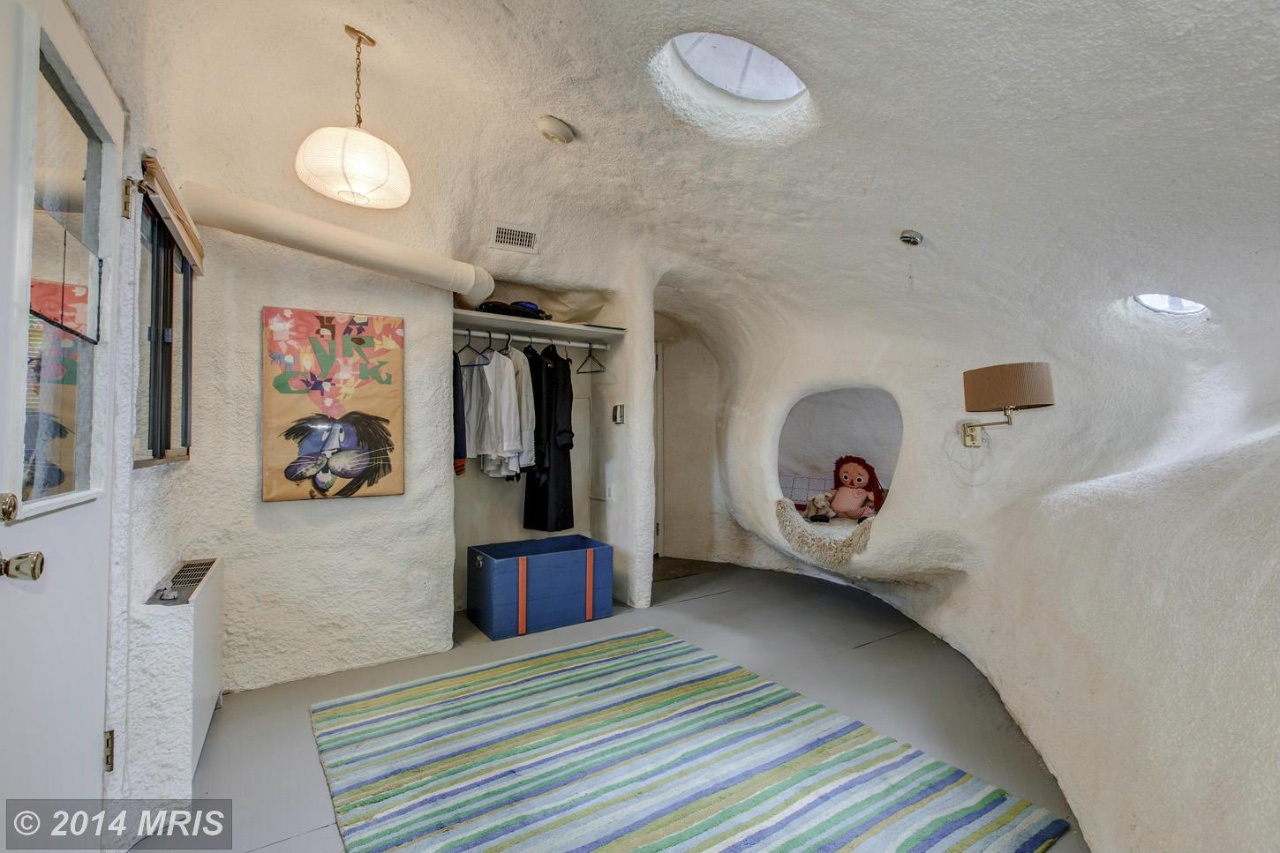
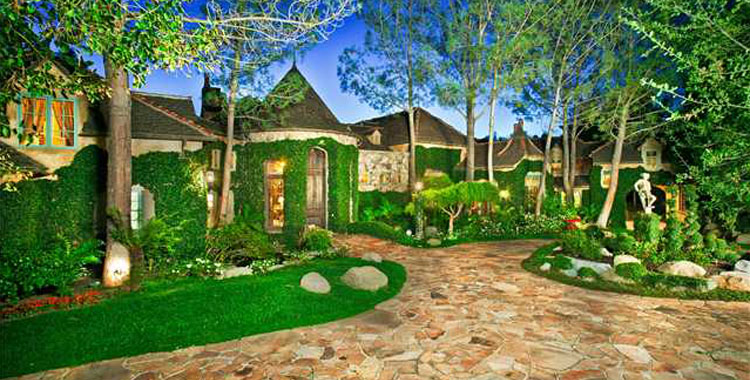

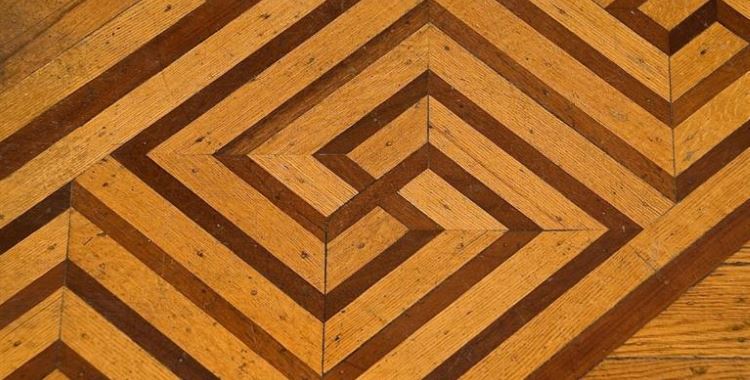

Another Flintstone’s house! But… built in 1923? Really?
@Frodo: This place is pretty well known. Originally it looked like the other houses in the neighborhood, but was revamped by architect Ray Mason sometime (I think) in the 1970’s. I assume the neighbors were horrified.
It was done using a technique called “shotcrete” where concrete is shot out of a nozzle onto a wire frame and allowed to set. The method is most frequently used to build swimming pools.
A somewhat related method was used on a few houses that were built from burlap bags dipped into foamed cement. The burlap was then nailed to the wood frame and allowed to set. The idea has considerable merit, though I’m not certain burlap is the ideal substrate.
@Paradox: 1970’s… I was just a kid, but I vaguely recall seeing something like this on TV back then – maybe this very house? Thanks for the info, Paradox.
I was also thrown by the 1923 date until I read Paradox’s comments about the ’70s update. And here I had thought some forward thinking early 20thC American designer had been up to date with Antoni Gaudí’s work. I have to think the alterations were major, way more than just spraying the fun shapes into place. I don’t think the main center structural support – two columns with an array of umbrella rib beams coming off of them – could have happened without first removing the old roof. That alone likely started an apprehension bandwagon among the neighbors.
I do like the interiors in the main living area. The white/brown combo might otherwise be boring, but with all the curves, the delightful nooks and crannies, and the rustic wood finishes, there’s lots for the eye to take in on an ongoing basis, with the colors providing a nice bit of background continuity. There are all sorts of little delights as well, like occasional bits of stained glass, a metallic spider web overlaid on a round window, the rough-hewn wood “pilings” lining the approach to the stairs, and the sculpted seating “cocoon” in the last pic above.
A bit of a shock to come across the totally “normal” (aka boring) rooms in Pics 20-22 and 25-27. They’re nice rooms, just a total change.